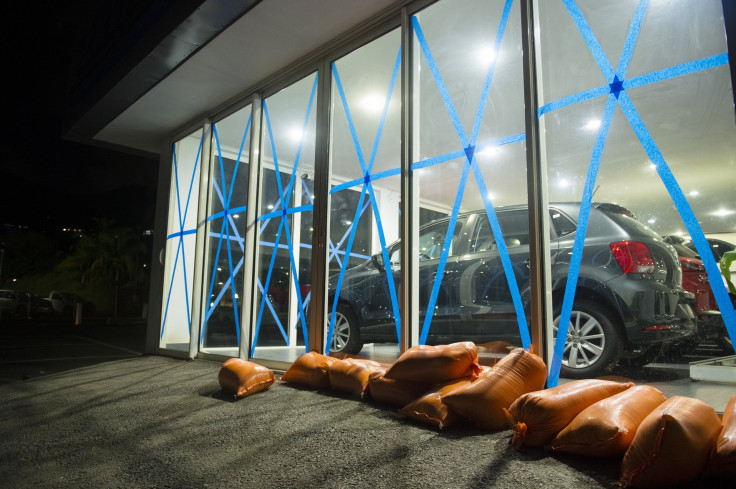Hurricane Irma Could Damage Nuclear Power Plants In South Florida

Texas authorities just finished controlling a nuclear plant fire this week sparked by flood damage caused by Hurricane Harvey. Many wondered if the power plants in South Florida could handle storm damage as Hurricane Irma barrels toward the Sunshine State.
The last time a major hurricane hit nearby Turkey Point Power Plant, it caused about $90 million in damages but left reactors located along Biscayne Bay untouched. However, neither Turkey Point nor the St. Lucie Power Plant has issued a shutdown order.
The storm is projected to hit South Florida where Florida Power & Light’s nuclear power plants lie. To prepare for Irma, a power plant must take several precautions to ensure safety to the plant and its surrounding area.
Shutting down the plant completely is an option but can be tedious. Peter Robbins, a spokesman for FPL, explained that shutting down a plant’s reactor must be done gradually. The decision to do so must be made "well in advance" of the storm’s landfall, he told the Miami Herald Wednesday.
"If we anticipate there will be direct impacts on either factory we’ll shut down the units," he told the Herald.
The FPL’s power plants both exist along the coast where they could be susceptible to storm surges and damaging winds. The company has defended the safety of its power plants for years and its Turkey Point Power Plant last withstood a Category 5 barrage from Hurricane Andrew in 1992.
Robbins explained that the plant’s reactors are protected by six feet of steal-enforced concrete which sit about 20 feet above sea level. He noted that the Turkey Point Power Plant has plenty of extra fuel and backup generators should the storm cut power, and Tennessee can deliver replacement parts and materials if need be.
The St. Lucie Nuclear Power Plant is also equally protected, Robbins told the Herald. It can apparently endure massive flooding from storm surges. He noted that the power plant survived hazardous conditions from Hurricane Jeanne and Francis in 2005 and Wilma a year later.
"It handled Andrew as it was designed to," Robbins told the Herald. "It’s one of the safest and most robust structures in the state, of not the country."
However, when the eye of Hurricane Andrew reached the Turkey Point Power Plant 25 years ago, it damaged several nearby facilities with 145 miles per hour winds and gusts up to 175 miles per hour, according to the United States Nuclear Regulatory Commission. The storm caused "extensive damage" to two of the plant’s generating units, which according to the site had claimed to be hurricane-resistant.
"The onsite damage included loss of all offsite power for more than 5 days, complete loss of communication systems, closing of the access road, and damage to the fire protection and security systems and warehouse facilities," the site read.
The site noted that several of the facilities’ structures and systems were not meant to sustain hurricane-force winds.
"A number of important systems, structures, or facilities for security emergency response, effluent monitoring and disposal, and low-level waste storage were not designed for hurricane-force winds and were or could have been severely damaged during the storm," the site added.
© Copyright IBTimes 2024. All rights reserved.





















